Ed Sheeran’s creating process of ‘Shape Of You’ Using Music Visualization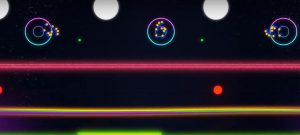
The visualization of ‘Shape Of You’
As Technology improves nowadays, music, as a mainstream media, evolves both in many ways that it is been heard. And among these evolution, music visualization is the most interesting aspect that I found out. Because it visualizes the music, which is only supposed to be heard, by using coding program and computational design. For example, in the process of composing the hit song “Shape Of You”, artist Ed Sheeran uses visualization technique to create the backdrop of music video. As a result, listeners can “see” the music through those geometric shape and lines that represent the drum beats and rhythm. The ‘visualizer’ itself is just a computer program that takes the sound tracks as input and transfer them into those shapes that move with the music. Ed Sheeran also brings this visualization technique to his live performance, where he can enlighten the vibe.
Reference:
https://flowingdata.com/2017/12/21/ed-sheerans-creative-process-explained-with-music-visualization/
![[OLD FALL 2018] 15-104 • Introduction to Computing for Creative Practice](../../../../wp-content/uploads/2020/08/stop-banner.png)

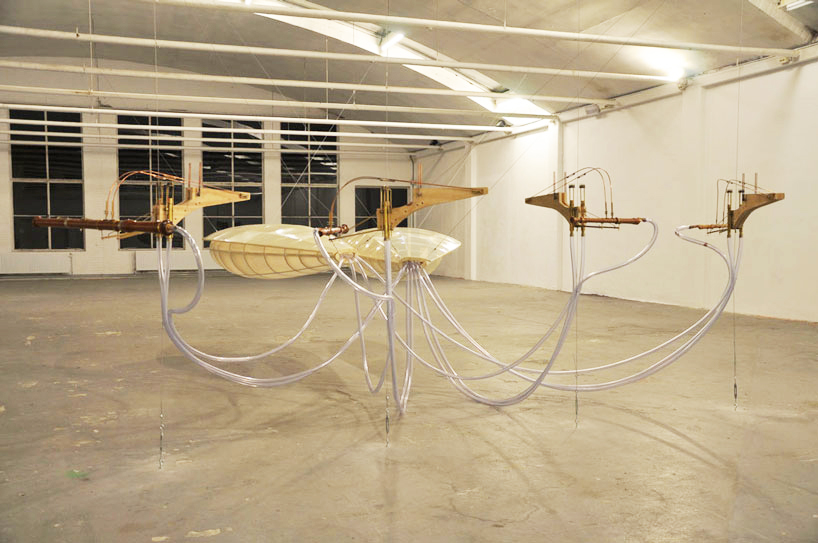
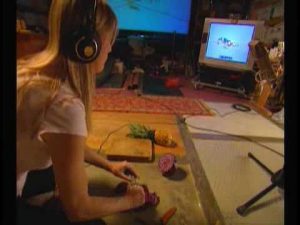
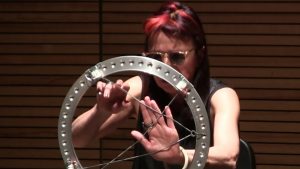

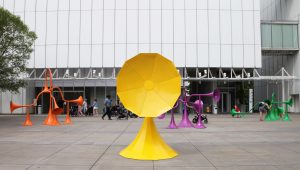
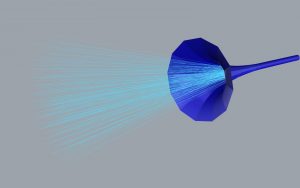
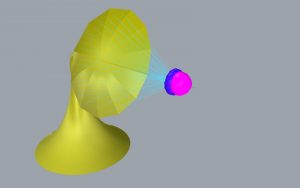 using the “Grasshopper”
using the “Grasshopper”